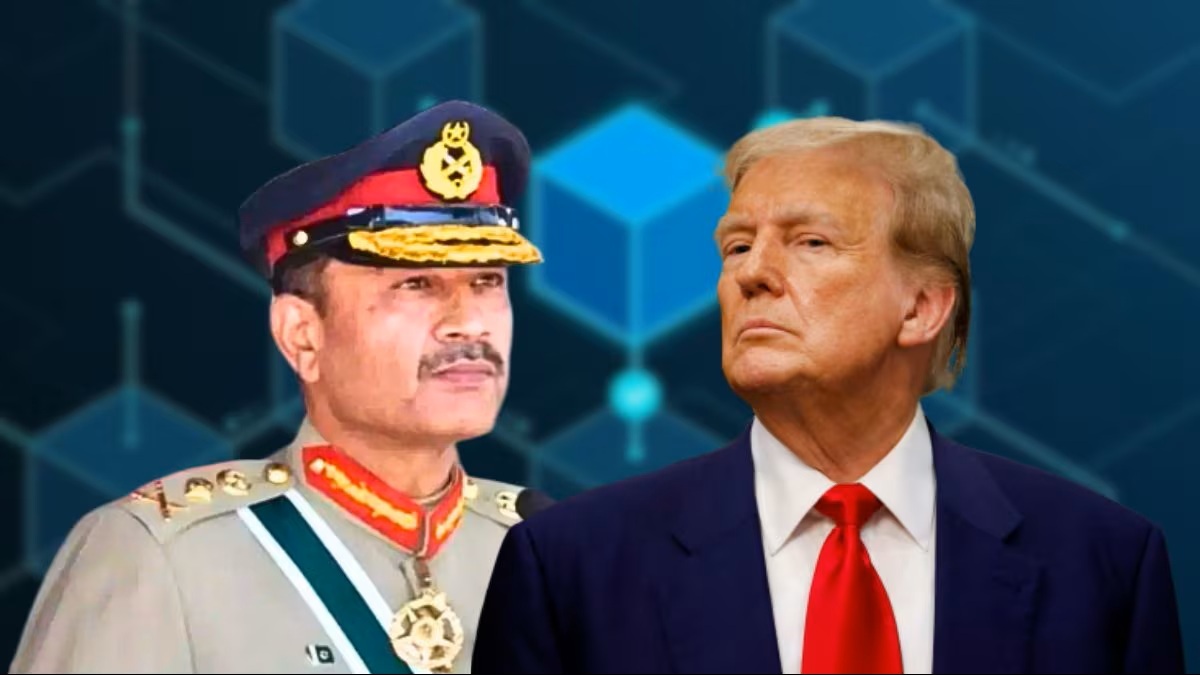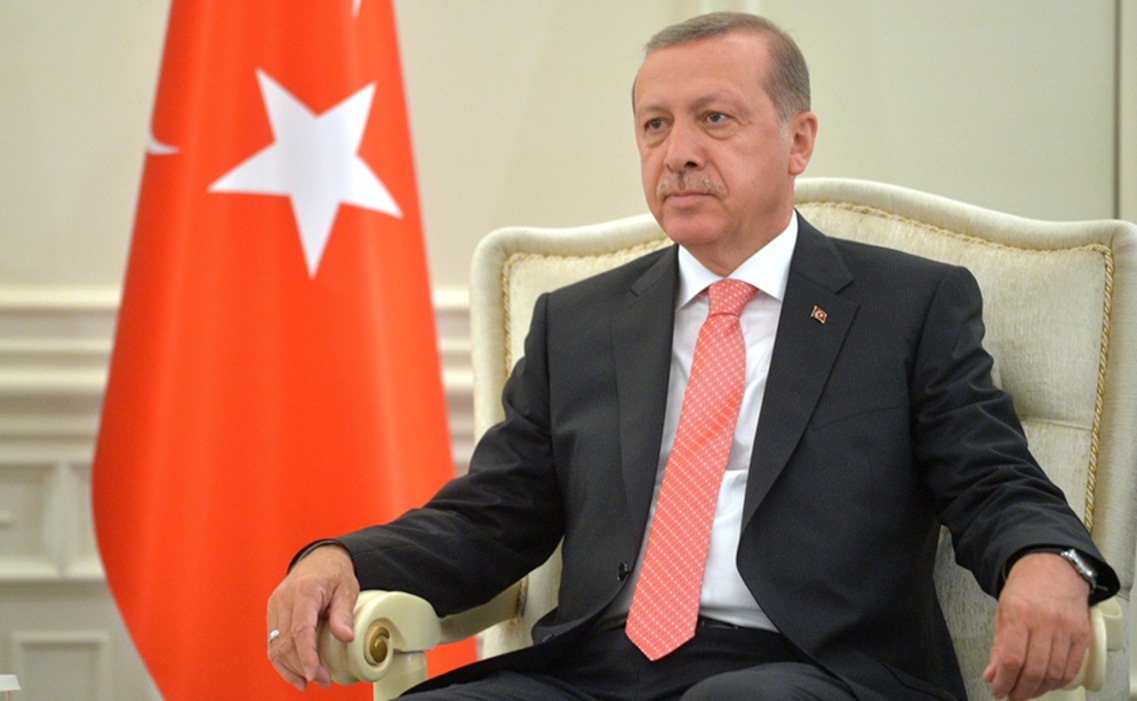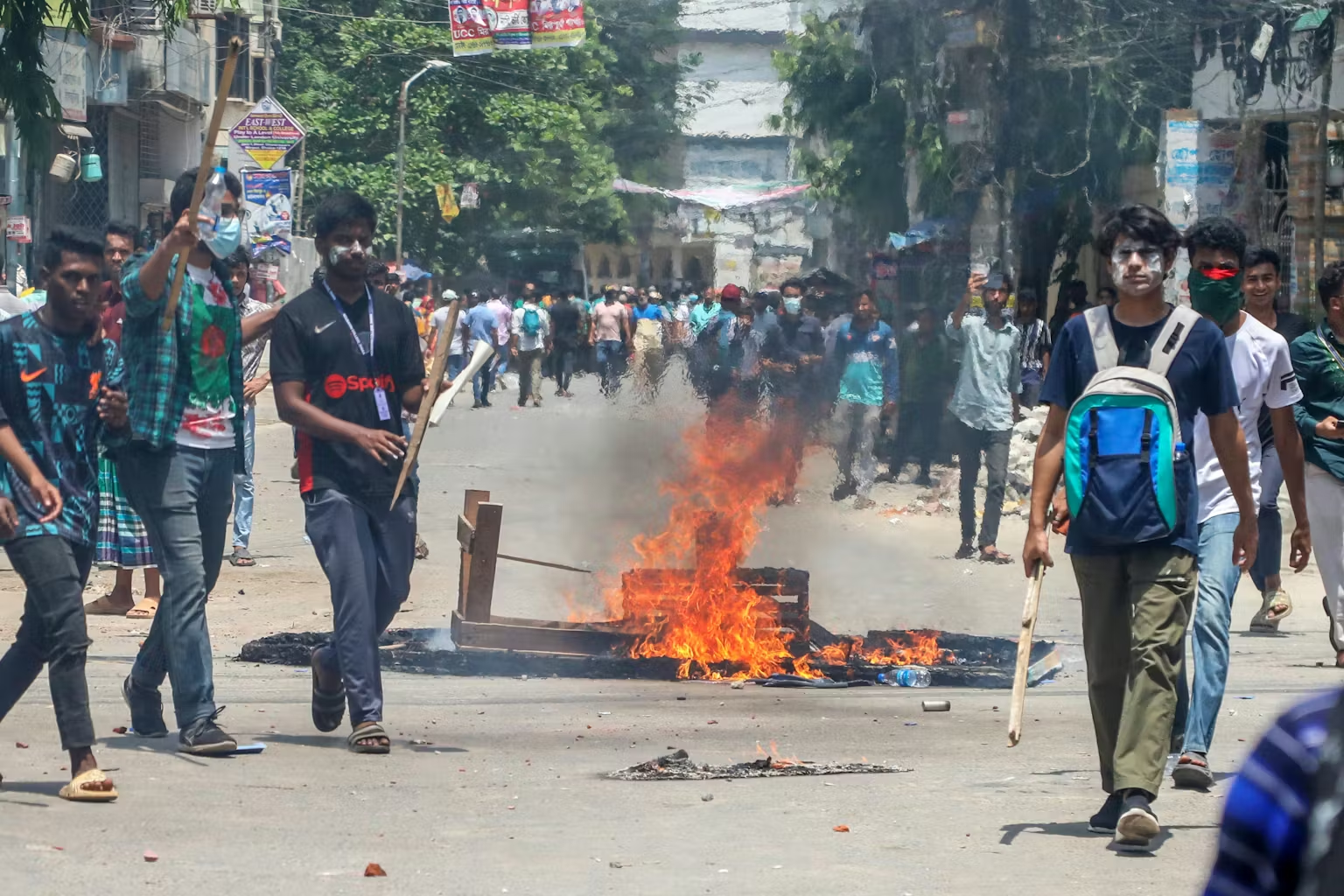General Asim Munir’s historic promotion and his trips to the US made him much stronger than before. Continuing shades of terrorism post ‘Op Sindoor’ are a matter of concern for the Nation. The neutral stand taken by the US is even more alarming.
Nearly four months have passed since the ‘Operation Sindoor’ was launched by the Indian Armed Forces against Pakistan. However, it seems unlikely that this has caused any serious impact on Pakistan’s strategy to continue its support to strengthen terrorist organisations within its state. The Pakistan Army’s enduring nexus with terrorist organisations such as Jaish-e-Mohammad (JeM), Lashkar-e-Taiba (LeT), and other extremist groups remains one of the most destabilising factors in South Asia. By arming, training, and providing safe havens to these groups, Pakistan sustains a low-intensity conflict with India, particularly in Jammu and Kashmir. The persistence of state-sponsored terrorism is the single most important barrier to the normalisation of bilateral ties and carries serious risks of escalation between the two nuclear powers. With Pakistan continuing its policy of arming and strengthening terrorist organisations, the impact of India’s Operation Sindoor remains limited.
Background and Context
Since the 1980s, Pakistan has adopted terrorism as an instrument of state policy, first during the Afghan jihad and later to fuel the insurgency in Jammu and Kashmir. Jaish-e-Mohammad (JeM), founded by Masood Azhar in the year 2000 with direct ISI backing, rapidly grew into one of the deadliest groups targeting India. From the 2001 Parliament attack to the 2016 Pathankot airbase strike and the 2019 Pulwama suicide bombing, JeM has consistently executed high-profile operations with Pakistani military support. Lashkar-e-Taiba and Hizbul Mujahideen complement JeM’s network, all operating under the protective umbrella of the Pakistan Army. Despite global condemnation and FATF scrutiny, Pakistan has refused to dismantle these groups due to its military’s view of them as ‘Strategic assets’ against India.
Nature of Pakistan Army’s Support to JeM & Others
Evidence gathered by Indian security agencies and corroborated by international observers reveals multiple dimensions of the Pakistan Army’s patronage of JeM.
Weapons and Training. Terrorist cadres receive modern small arms, explosives, and advanced training at ISI-controlled camps in Pakistan-occupied Kashmir. Safe Havens of JeM operate openly in Punjab province, raising funds and recruiting with impunity. It is also reliably learnt that efforts are on to rebuild the damage to its headquarters at Bahawalpur caused by India’s missile strikes.
Cross-border Facilitation. Pakistani Army units provide cover fire during infiltration attempts across the Line of Control (LoC). In recent years, drones have been used to drop arms, ammunition, and even IEDs into Indian territory. As part of Operation Mahadev, Indian Army para commandos, along with CRPF and J&K Police, had on 28 July 2025, eliminated the three Pahalgam attackers after cornering them in their temporary hideout, ending a long and painstaking manhunt to deliver justice to the 26 victims of the Pahalgam attack.
Ideological Shielding. Radicalisation networks in madrassas across Pakistan act as feeder systems for JeM, tacitly encouraged by the military establishment. This ecosystem underscores that terrorism is not the work of ‘non-state actors’ but rather an extension of Pakistan’s military strategy against India.
Implications for India–Pakistan Relations
Security Implications. Continued arming of JeM ensures persistent infiltration attempts and sustains militancy in Jammu and Kashmir. India faces a hybrid warfare challenge combining the Pakistan Army’s regular support with irregular terror attacks. High-profile attacks risk triggering an escalation, as seen after the Pulwama attack in 2019.
Diplomatic Implications. Dialogue between the two nations remains suspended because terror strikes render talks politically unviable for India. Pakistan faces recurring international isolation, with India presenting evidence at the UN and leveraging forums such as FATF to expose Pakistan’s duplicity. India’s alignment with the U.S. and European partners on counter-terrorism deepens as Pakistan’s credibility erodes.
Shift in US Stance Towards Pakistan. However, in recent times, there has been a shift in the US stance towards Pakistan. The U.S. stance toward Pakistan is shifting due to long-standing U.S. need for cooperation with the Pakistani military on counterterrorism and regional stability, along with Pakistan’s strategic location, which keeps the relationship significant, albeit complex and often strained. The relationship is characterised by a recalibration to ensure security alignment and further US business interests in Pakistan. This has emboldened Pakistan to take a hawkish and belligerent stance towards India, undermining all previous efforts to put diplomatic pressure on Pakistan to shed its policy towards fostering terrorism.
Military Implications. India has demonstrated a new resolve through surgical strikes (2016) and the Balakot airstrike (2019), establishing that terror attacks will be met with kinetic responses. The recent policy of a New Normal further presents a very aggressive stance by India towards punitive action in the event of any major terrorist strike abetted by Pakistan. This increases pressure on the Pakistan Army but also raises risks of miscalculation and escalation between two nuclear-armed states.
Geopolitical Implications. China’s shielding of Masood Azhar until 2019 reflects Beijing’s strategic interest in preserving Pakistan’s utility against India. The use of terror groups undermines regional initiatives like SAARC, blocks trade normalisation, and creates instability that spills into Afghanistan. Pakistan’s reliance on extremist groups highlights its weakness in pursuing conventional parity with India.
India’s Response Strategy
India’s approach has evolved into a multi-pronged strategy combining military deterrence, diplomatic isolation of Pakistan, and domestic counter-terror measures.
Military. Maintain dominance along the LoC, strengthen drone defences, and retain the option of precision strikes. This would require a greater impetus towards indigenisation and developing a very cogent defence manufacturing eco-system within the country, with greater emphasis on MSMEs and start-ups.
Diplomatic. Sustain pressure at the UN, FATF, SCO, and bilateral platforms to brand Pakistan a state sponsor of terrorism.
Economic. Keep the trade suspension and oppose Pakistan’s access to global financing until it curbs terror groups.
Domestic. Strengthen deradicalisation efforts, accelerate development in Jammu & Kashmir, and deny space for terrorist recruitment. This integrated strategy ensures India retains escalation dominance while minimising vulnerabilities to Pakistan’s asymmetric tactics.
Policy Recommendations
Codify Redlines. Publicly reinforce that any major terrorist attack on Indian soil with Pakistani links will invite direct retaliation.
Strengthen Counter-Terror Diplomacy. Deepen partnerships with the U.S., EU, Gulf states, and ASEAN to isolate Pakistan economically and diplomatically.
Exploit FATF and Financial Pressure. Work with partners to keep Pakistan under strict monitoring and deny bailout access unless tangible steps are taken.
Technological Edge. Invest in AI-driven surveillance, anti-drone systems, and cyber capabilities to counter infiltration and propaganda.
Regional Strategy. Enhance counter-terror cooperation with Afghanistan’s neighbours (Iran, Central Asia) to block JeM safe havens.
Narrative Building. Proactively highlight Pakistan Army’s terror links in global media and think tanks to shape international perceptions. Operation Sindoor reaffirmed that winning the narrative is as important as winning the battlefield. India’s future conflicts will unfold under the constant gaze of domestic and global audiences. Strategic communication, if institutionalised, can act as a force multiplier— converting military achievements into enduring political and diplomatic advantages.
Engage China Carefully. Push Beijing to restrain Pakistan’s extremist sponsorship by linking it to the stability of CPEC and Xinjiang security.
Internal Consolidation. Prioritise governance, education, and employment in Jammu & Kashmir to deny social space for terror networks.
Conclusion
Pakistan Army’s continued arming of JeM and other terrorist outfits remains the most serious impediment to peace in South Asia. For India, the challenge is not merely about cross-border terrorism but about confronting a military establishment that views extremism as an instrument of policy. While India has succeeded in building resilience and demonstrating credible deterrence, the risks of escalation remain ever-present. The path forward lies in a calibrated strategy that combines hard power with diplomatic leverage and internal consolidation. Unless Pakistan fundamentally rethinks its use of terrorism as statecraft, normalisation of India–Pakistan relations will remain elusive and regional stability fragile.
Title image courtesy: First Post
Disclaimer: The views and opinions expressed by the author do not necessarily reflect the views of the Government of India and Defence Research and Studies







